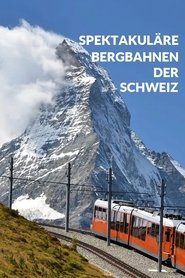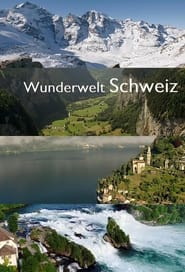3sat TV Series - Page 2
-
Traumorte
2014
Traumorte
2014
-
Olaf TV
2010
Olaf TV
2010
-
Rock the Classic
2015
Rock the Classic
2015
-
Unternehmen Köpenick
1986
Unternehmen Köpenick
1986
-
Bosetti Late Night
2023
-
1–2–3 Moskau
2009
1–2–3 Moskau
2009
-
Wild Faces of Switzerland
2017
In the heart of Europe lies Switzerland. In its midst yet apart from it, like an island. The Swiss Confederation holds a special position not only politically and historically – in particular, its scenic diversity is something really special: majestic mountains, lush green valleys, craggy rock landscapes and Mediterranean lakes all close together in one small geographical location. Switzerland is proud of its distinction and autonomy, reflected amongst other things in its different cantons and linguistic regions. Each episode in our series “Wild Faces of Switzerland“ seeks to do justice to this diversity. -
Der Meisterfälscher
2014
Der Meisterfälscher
2014
-
Kulturlandschaften
2015
Kulturlandschaften
2015
-
Wunderwelt Schweiz
2017
Wunderwelt Schweiz
2017
-
Rosa und Rosalind
1988
Rosa und Rosalind
1988









